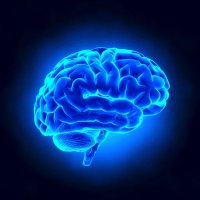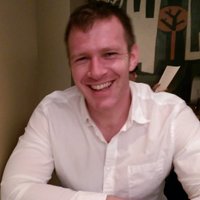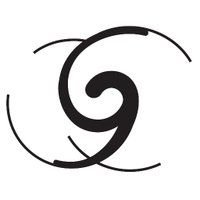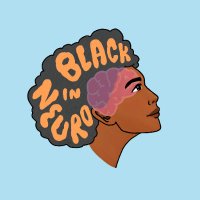
Columbia University's Zuckerman Institute
@zuckermanbrain
Created by @Columbia to be the world's foremost neuroscience institute, we are deciphering the brain — how it develops, works, endures and recovers.
ID: 3234116270
http://zuckermaninstitute.columbia.edu/ 02-06-2015 20:25:47
3,3K Tweet
11,11K Followers
804 Following

A Columbia University researcher describes something amazing, like a memory forming. An improv group brings the science to life, hilariously. This is The Lab, started in her spare time by Rajyashree Sen (with CUNO & Magnet Theater). Show 4/25! tinyurl.com/2mahut75 ResearchAmerica


How does the brain create mental maps of the world? In a new Neuron study, Justin O'Hare, Franck Polleux and Attila Losonczy reveal how branches at the farthest tips of neurons can help us remember new places. Read: zuckermaninstitute.columbia.edu/how-do-memorie… Columbia University #neuroscience

Happy to share a new publication from my postdoc days, shedding light on how distal tuft dendrites participate in hippocampal place field formation while mice learn to navigate: cell.com/neuron/fulltex… Thank you to Columbia University's Zuckerman Institute Communications for the great write-up!

Congratulations to all our Columbia University scientists recognized with NYAS 2025 Leon Levy Scholarships in Neuroscience: Matthew Eroglu, Yuki Haba, Sreejan Kumar, Yuta Mabuchi and Keshav Suresh. 👏 👏👏

Join us for our next Stavros Niarchos Foundation (SNF) Brain Insight Lecture: how we perceive ourselves and others. Featuring Steven A. Siegelbaum, PhD; Jon B. Freeman, PhD; moderated by Jennifer Merritt, PhD Wednesday, May 7th, 6:30 pm (EST). Learn more and register: zuckermaninstitute.columbia.edu/stavros-niarch…


Join us tomorrow for our Stavros Niarchos Foundation (SNF) Brain Insight Lecture: how we perceive ourselves and others. Featuring Steven A. Siegelbaum, PhD; Jon B. Freeman, PhD; moderated by Jennifer Merritt, PhD Wednesday, May 7th, 6:30 pm (EST) Learn more and register: zuckermaninstitute.columbia.edu/stavros-niarch…


Over 20 years ago, Zuker et al. discovered the mammalian sweet taste receptors Now, an exciting collaboration between our labs Biochemistry & Molecular Biophysics reveals the #cryoEM structure of the human sweet receptor-key to sweet taste perception-online Cell! sciencedirect.com/science/articl…

For the first time, scientists Charles Zuker, Fitzpatrick Laboratory and team have mapped the tongue’s sweet sensor. This could lead to new ways to curb our insatiable attraction to sugar. Columbia University Cell zuckermaninstitute.columbia.edu/scientists-map… #sweet #Neuroscience 🍬🧠





Why create an AI model of a fish? New research from our own Nate Sawtell & Larry Abbott, along w/ Denis Turcu Allen Institute, shows how real fish can use electricity to scan the world, findings that could help us understand our own senses, such as vision. Columbia University


This colorful brain image comes from a mouse with missing DNA. Its cells should be deformed and malfunctional. But Joseph Gogos Lab scientists used DNA fragments (yellow and green) to reverse the damage. Could this help people with genetic disease? Read zuckermaninstitute.columbia.edu/restoring-brai…


How do knots of DNA help create our sense of smell? Learn more from new research by Joan Pulupa, Natalie McArthur and LomvardasLab in nature. Read: zuckermaninstitute.columbia.edu/how-knots-dna-… @columbia #neuroscience


How do you make a decision in a situation you’ve never encountered? Your brain may use your memories to do much of the thinking long before you have to make the choice. Read more by Daphna Shohamy Jonathan Nicholas Nathaniel Daw in Nature Communications zuckermaninstitute.columbia.edu/memories-can-s… #memory




Congrats to Columbia University scientist Paul Linton who received the David Marr Medal from the Applied Vision Association for "pioneering research on visual experience." 🏆👁️🧠





